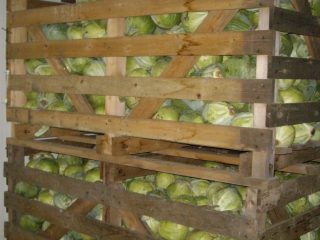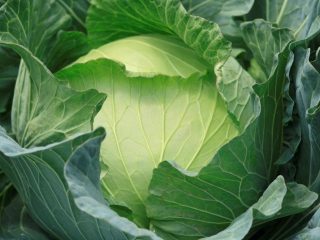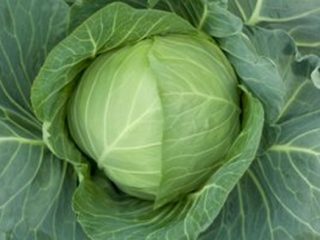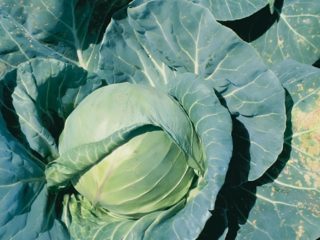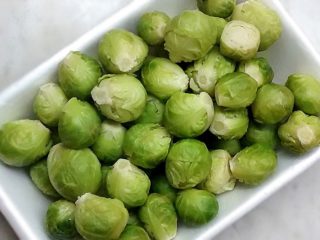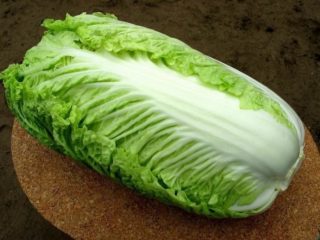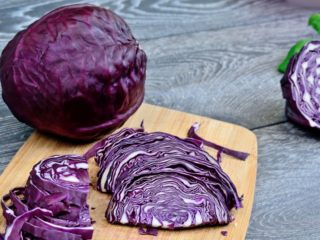Content
It is easy for a novice summer resident to get confused when choosing the best varieties of cauliflower for the Urals, although this crop has long and successfully “taken root” in the garden plots of Russian gardeners. In order not to make a mistake and to reap a good harvest at the end of the season, it is necessary to take into account the characteristics specified in the description and other criteria, including the climatic features of the region.
How to choose a cabbage variety for the Urals
Gardeners in the Urals take into account not only the appearance, weight and taste of cauliflower heads. Other factors are also important:
- Place of release. Zoned varieties and hybrids created in agricultural firms and nurseries in the Urals are already adapted to the climate. The experience of gardeners shows that “local” cauliflower is more “reliable” in terms of yield.
- Recommendations of the Russian State Register of Selection Achievements. If a variety or hybrid is included, it is first tested. The “official” description indicates, including the region or regions for cultivation in which it is considered most suitable.
- General endurance. Summer in the Urals is often short, cool and rainy.Accordingly, it is necessary to choose cauliflower varieties that can resist the negative influence of weather factors and allow harvesting in unfavorable conditions.
- Good resistance to diseases and pests. As a rule, this is a “component” of overall endurance. The impact of negative “external” factors weakens plants, they become more susceptible to pathogens, and are less resistant to insect attacks.
- Maturing period. Growing late-ripening and mid-late varieties in the Urals is quite a big risk. Here, the first frosts often occur already in mid-September; before this time, heads of the required size may not have time to form.
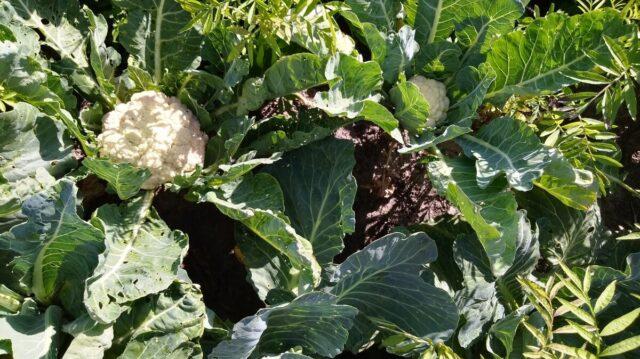
The Urals cannot be called an ideal region for gardening.
The best varieties of cauliflower for the Urals
The range of cauliflower varieties and hybrids recognized as suitable for cultivation in the Urals is quite wide. In terms of the size of the heads, presentable appearance and taste, most of them are not inferior to varieties recommended for regions with a more favorable climate for gardening.
White Castle
An early ripening variety intended for private household plots. The originator is Agrofirm Aelita LLC. It has been listed in the State Register of the Russian Federation since 2010. Officially recognized as “universal”, suitable for cultivation in all Russian regions.
The rosette of leaves is not spreading, rather vertical. The weight of the heads declared by the originator is 1.7 kg, but in the Urals, judging by the reviews of gardeners, it turns out to be slightly less - 1.2-1.5 kg.The shape is regular, flat and round, the color is classic white, with a slight greenish tint.
White Castle demonstrates excellent taste and good shelf life for an early variety (about two months). The heads mature in 80-100 days. The average yield is 4 kg/m².
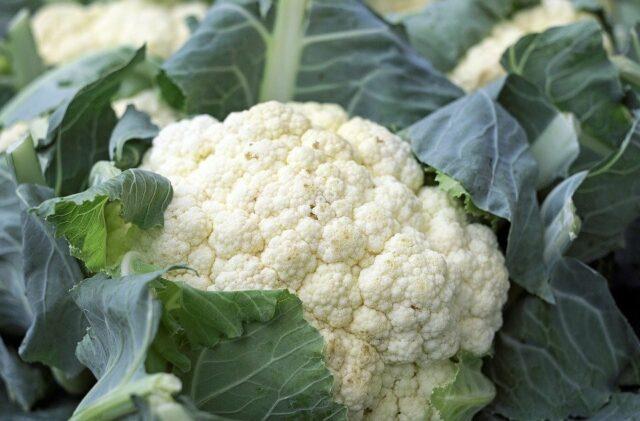
White Castle cabbage seeds have very good germination
Summer resident
A mid-season variety recommended for cultivation not only by amateur gardeners, but also on farms. Developed at the Federal Scientific Center for Vegetable Growing and included in the State Register in 2004. Recommended for cultivation throughout Russia.
The rosette of leaves of the Dachnitsa variety is raised or semi-raised. The weight of the heads varies greatly (0.6-1 kg); in the Urals, as expected, they become a little smaller. The average yield in this region is 2.5-3 kg/m².
The color of the heads can be almost white, pale green, or creamy. Even when they are fully ripe, a “cover” of leaves remains. The taste in any region is excellent; unfavorable weather has little effect on it.
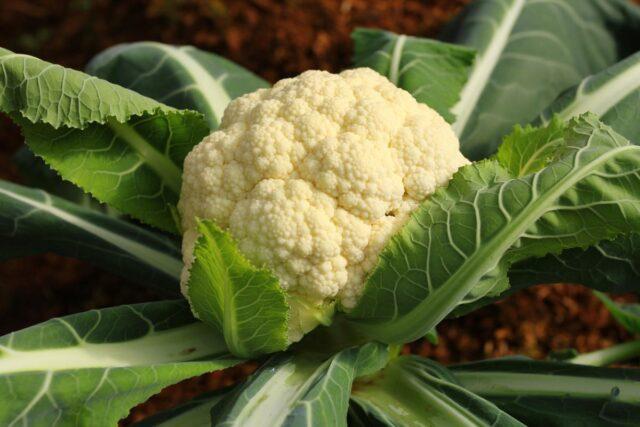
Cabbage Summer resident is capable of producing good harvests even in a not very fertile substrate
Two sisters
This is a “mix” of cauliflower seed varieties. One of them is Snowball-123, well known to gardeners all over the world for a long time, the second is the much less popular Universal. They are not listed in the State Register of the Russian Federation, but judging by the description of the originator and reviews from gardeners, they are quite suitable for the Urals.
The Snowball-123 and Universal varieties are early ripening and ripen almost simultaneously. The rosettes are powerful, vigorous, the heads are flat-rounded, and reach a weight of 1.5 kg.The varieties are easy to distinguish by the shade of the inflorescences - snow-white and greenish. Among the undoubted advantages of the Two Sisters “mix” are consistently high yields, despite the vagaries of the weather, excellent taste and versatility of purpose.

Cauliflower Two Sisters in the Urals can be grown both in open ground and in a greenhouse
Emerald Cup
Mid-early (in the Urals often mid-ripening) variety. It has been listed in the State Register of the Russian Federation since 2011, the originator is the Gavrish Breeding Company. The variety is recognized as suitable for cultivation throughout Russia; it performs best in the Central region.
The Emerald Cup variety belongs to the so-called “Romanesco type”. The head is easily “identified” by its triangular shape, bright green or lime color and pronounced pyramidal “relief”. Its weight is small (about 0.5 kg), but its taste is outstanding, including due to its delicate texture and light sweetness. Approximate yield – 2 kg/m². The heads ripen en masse.
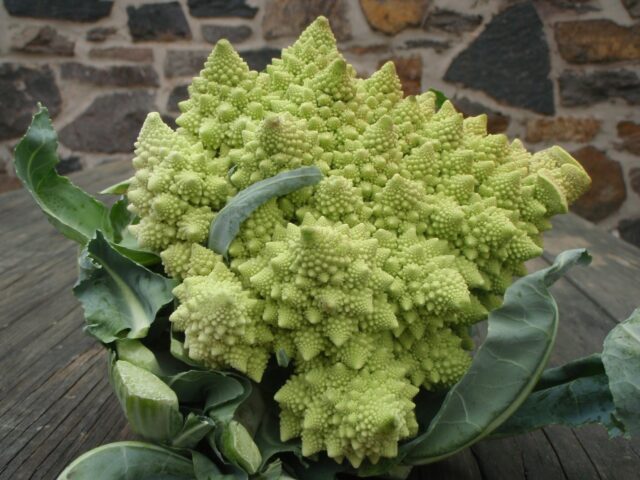
Cauliflower Emerald Cup is unpretentious in care, with the exception of regular and proper watering
Yoke
A variety from the mid-early category. In the Urals, the heads ripen in 110-115 days. Their weight varies between 1-1.5 kg, the texture is very dense, the inflorescences are snow-white, and the surface is distinctly lumpy.
The Koketka variety “gives away” the harvest en masse. Despite the large size of the heads, its sockets are low and quite compact - a tight fit is possible.
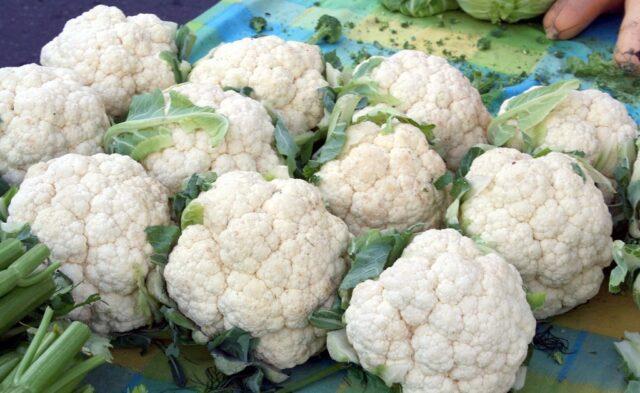
The purpose of cauliflower variety Koketka is universal
purple ball
Mid-season (115-120 days) variety from Agrofirm Aelita LLC. It has been listed in the State Register since 2011. Suitable for cultivation not only in the Urals, but also in all other Russian regions. Recommended for cultivation by amateur gardeners, it is distinguished by its versatility.
The rosette of leaves of the Lilac Ball cabbage is relatively spreading and tall, although the leaves are not large. The heads are flat-rounded, with a finely lumpy surface and a very delicate texture. They are equal in weight (about 0.9 kg). The approximate yield here is up to 3 kg/m².
The name of the variety Lilac Ball directly indicates the unusual shade of the inflorescences. Although it can vary from purple to inky purple, depending on growing conditions.
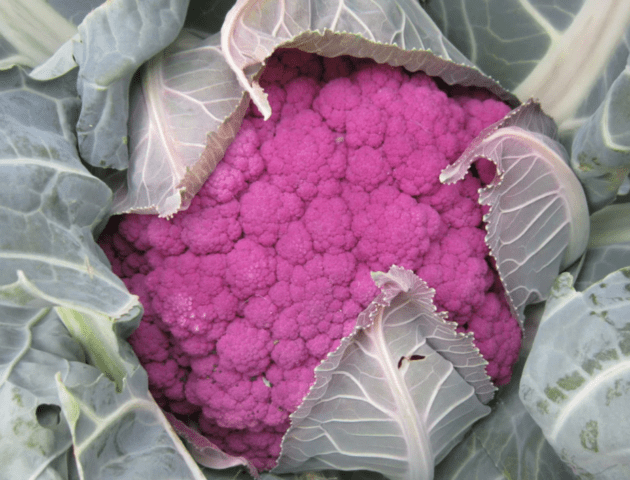
The unusual shade of the purple ball cauliflower heads is due to the high concentration of powerful natural antioxidants - anthocyanins.
Features of cultivation
There is no rush to transfer seedlings to a garden bed in the Urals. The procedure is planned for the end of May or even the beginning of June, when stable day and night temperatures above zero are established and the risk of return frosts is minimized.
Immediately before planting, it is advisable to harden the seedlings. To do this, it is taken outside for 7-10 days. They start with 2-3 hours of exposure to the open air, then gradually increase the time, ending with an “overnight stay” outside the home.
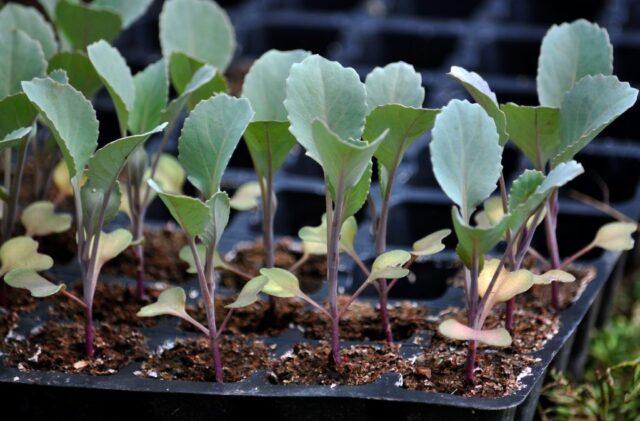
Cauliflower in the Urals is grown exclusively by seedlings
To strengthen resistance to pathogens, pests, and negative weather factors, it is recommended to regularly treat cauliflower in the Urals with biostimulants. Complex store-bought fertilizers have a similar effect, so it is recommended to use them for feeding cauliflower. Although the culture responds well to folk remedies and natural organic matter.
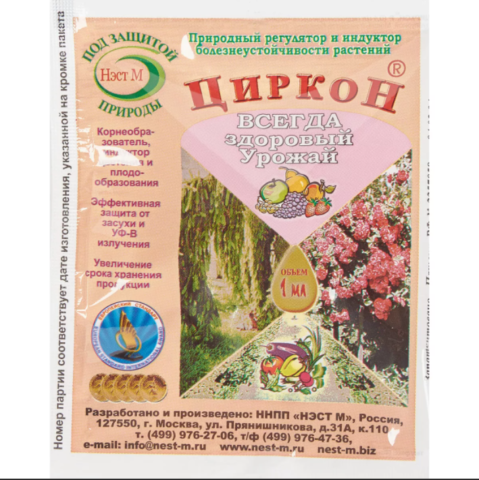
Biostimulants accelerate the process of head ripening
Among agrotechnical measures, watering is important for any variety or hybrid in the Urals. Neither overdrying nor overmoistening the substrate should be allowed. Otherwise, cauliflower is severely behind in development. If it is warm enough outside and there is no rain, the beds in the Urals are watered every 3-4 days. In hot weather, the intervals are reduced to 1-2 days.
Conclusion
The best varieties of cauliflower for the Urals are distinguished by their overall endurance and “stress resistance.” The climate here cannot be called suitable for gardening, so when choosing, it is necessary to take into account not only the size of the heads, their presentability, taste, but also other characteristics. It is quite possible to reap good harvests in this region.
Reviews of cauliflower varieties for the Urals
